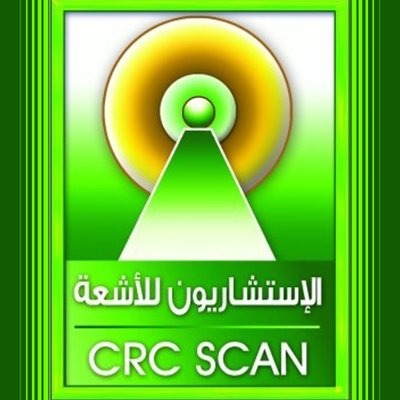×
Obstetrical Ultrasound
- Home
- Services
- Women's Imaging
- Obstetrical Ultrasound

Obstetrical Ultrasound
Ultrasound is safe and painless. It produces pictures of the inside of the body using sound waves. Ultrasound imaging is also called ultrasound scanning or sonography. It uses a small probe called a transducer and gel placed directly on the skin. High frequency sound waves travel from the probe through the gel into the body. The probe collects the sounds that bounce back. A computer uses those sound waves to create an image. Ultrasound exams do not use radiation (as used in x-rays). Because images are captured in real-time, they can show the structure and movement of the body's internal organs. They can also show blood flowing through blood vessels.
Ultrasound imaging is a noninvasive medical test that helps physicians diagnose and treat medical conditions.
Obstetrical ultrasound provides pictures of an embryo or fetus within a woman's uterus, as well as the mother's uterus and ovaries.
During an obstetrical ultrasound the examiner may evaluate blood flow in the umbilical cord or may, in some cases, assess blood flow in the fetus or placenta.
Why should I do it ?
- Obstetrical ultrasound is a useful clinical test to:
- establish the presence of a living embryo/fetus
- estimate the age of the pregnancy
- diagnose congenital abnormalities of the fetus
- evaluate the position of the fetus
- evaluate the position of the placenta
- determine if there are multiple pregnancies
- determine the amount of amniotic fluid around the baby
- check for opening or shortening of the cervix
- assess fetal growth
- assess fetal well-being
- Some physicians also use 3-D ultrasound to image the fetus and determine if it is developing normally.
Any preparations needed?
- You should wear a loose-fitting, two-piece outfit for the examination. Only the lower abdominal area needs to be exposed during this procedure.
- The radiologist or sonographer may elect to examine an early pregnancy by means of transvaginal ultrasound in order to see the pregnancy more closely or to assess the cervix. For more information on transvaginal ultrasound, see the Pelvic Ultrasound page.
-
Women Imaging
-
Make an Appointment
